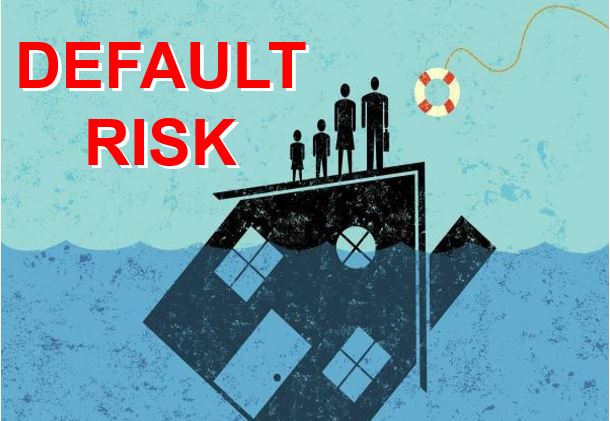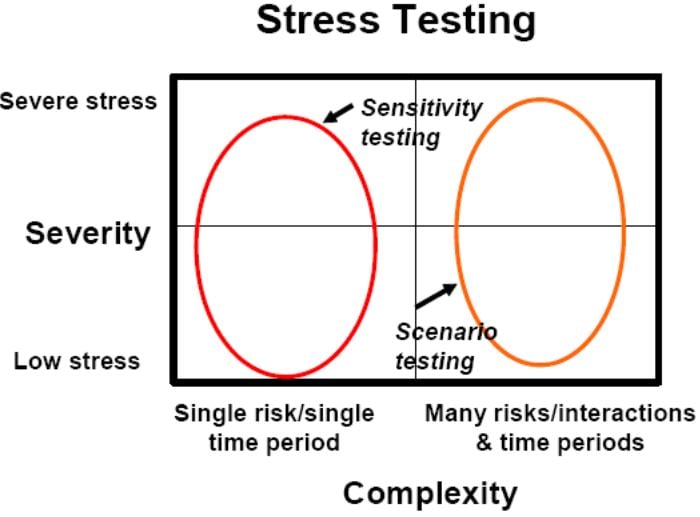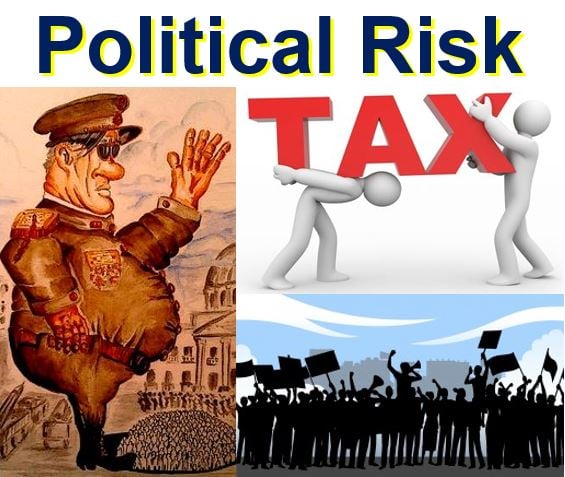Risk refers to the probability or threat of loss, liability, injury, damage, or any other negative occurrence resulting from external or internal vulnerabilities that may be prevented or avoided through preventive action.
Investors who place their money in high-risk investments expect a high return in compensation, while those who invest in safer investments expect a low return.
Hazard has a similar meaning. However, hazards are all about unpleasant events while risks are about probabilities.
According to New York University’s Leonard N. Stern School of Business: “Risk is part of every human endeavor. From the moment we get up in the morning, drive or take public transportation to get to school or to work until we get back into our beds (and perhaps even afterward), we are exposed to risks of different degrees.”
Understanding risk in its various forms enables organizations to prepare contingency plans, ensuring stability and continuity in unpredictable economic landscapes.
In finance
In finance, the term refers to the probability that an investment’s actual return will be lower than expected. Financial risk is divided into:
Capital Risk
The term refers to the probability of a business losing value on its capital, i.e., liquid securities, factories, and equipment.
It also refers to the risks that investors may face, such as losing the principal amount they invested.
For example, if you invest $25,000 in the stock market, you face a capital risk on the $25,000 you invested. If a firm does not insure the value of its assets, it may face capital risks from theft, flood, and fire.
Country Risk
The term refers to the likelihood of the government of another nation defaulting on its financial commitments.
The term also refers to the general notion of the degree to which economic, social and political unrest may affect the securities of issuers doing business in a particular nation.
We must consider these types of risks if we are investing abroad. We typically consider the United States as the benchmark of low country risk. In fact, we measure most countries against the US.
Default Risk
Default risks are about borrowers not being able to meet financial obligations. Specifically, meeting financial obligations when they become payable.
This term relates closely to the creditworthiness of the borrower. Lenders sometimes take it into account when determining the terms and interest rates of a loan.
Default risks exist in virtually all types of credit extensions. The probability of a default can change at any time.
For example, the economic climate can improve or deteriorate. The borrower’s financial situation does not always remain the same. In this article, ‘economic climate’ means ‘economic conditions.’

Delivery or Settlement Risk
This term refers to any counter-party in an agreement that cannot fulfill its obligations. Specifically, through failure to pay for or deliver assets as specified in an agreement.
It is a very rare occurrence in investment markets. However, perception is another matter. In business contracts, it is much more common.
Overnight delivery risk can occur when the parties are in different time zones. Perhaps a party does not know if a required payment or delivery should not occur until the following business day.
Economic Risk
This term refers to the possibility that macroeconomic conditions will affect an investment. For example, a change in political stability, government regulation, or exchange rates may affect an investment. In most cases, it affects investments in another country.
Exchange Rate Risk
Exchange rate risks exist in foreign currency transactions. Such risks are also possible when a foreign subsidiary of a company maintains financial statements in a different currency.
In other words, when the currency is other than the reporting currency of the whole group.
Interest Rate Risk
This term refers to the probability that the market interest rates will increase considerably. Specifically, significantly higher than the interest rate a party earned on investments such as bonds.
Subsequently, there is a decline in the investment’s *market value. There is a greater risk with long-term bonds than other investments.
* Market value refers to how much an asset is really worth. In other words, how much people are willing to pay for it, and at a price that is satisfactory for the seller.
The U.S. Securities and Exchange Commission says the following about interest rate risk:
“A fundamental principle of bond investing is that market interest rates and bond prices generally move in opposite directions. When market interest rates rise, prices of fixed-rate bonds fall. this phenomenon is known as interest rate risk.”
Liquidity Risk
This term refers to the probability that a company cannot meet its debt obligations. Specifically, whether it can only meet its obligations if it incurs unacceptably large losses.
Financial firms are particularly sensitive to funding liquidity risk.

Operations Risk
Operation risks look at the likelihood of loss resulting from inadequate internal processes.
Political risk
The exercise of political power is the root cause of political risks in the world of international business. How leaders exercise political power determines whether government actions threaten a company’s value.
For example, a dramatic political event may not affect a multinational corporation much. However, a subtle policy change can significantly impact a business’ performance.
Nationwide student-led protests may not affect the investment and business climate at all. A change in local tax laws, on the other hand, can erode a company’s profits rapidly.
In an article posted on the International Risk Management Institute website, Daniel Wager writes the following regarding political risks:
“The first distinction that must be made is between firm-specific political risks and country-specific political risks. Firm-specific political risks are risks directed at a particular company and are, by nature, discriminatory.”

Refinancing Risk
This term refers to the possibility that a borrower cannot borrow to repay current debts. Many lending arrangements include balloon payments at the end of the term.
Sometimes, parties assume that the borrower will require a new loan to meet current obligation.
Borrowers risk not being able to refinance an existing loan at a future date under favorable terms.
Reinvestment Risk
Reinvestment risks refer to the likelihood that a party may cancel or stop a particular investment. Additionally, the investor might not be able to find a similarly attractive alternative investment.
Reinvestment risk occurs, for example, if you receive repayment for bonds earlier than you had expected.
Settlement Risk
Settlement risks look at the likelihood that a party does not deliver a security or its value in money as agreed when the security was traded after the other party or parties have already delivered cash value or security as per the agreement.
Sovereign risk
This term focuses on the likelihood of a government defaulting on its sovereign debt or other financial obligation.
It also refers to the risks investors run when investing in a specific country. These risks also exist when a party provides money to its government.
Underwriting Risk
In insurance contracts, risks exist that premium income may not cover all the claims that the insurer must cover.
Insurance underwriters must make sure that premiums are adequate to cover future claims, and also surprise claims.
During an IPO, a bank may guarantee to buy all of the new shares the company is selling. It faces the threat that the price will fall too early. Additionally, investors may not want to buy the shares.
Risk management
This involves the forecasting and evaluation of financial and business risks. It also includes identifying and implementing procedures and measures to avoid or minimize their potential harms.
Effective risk management strategies are essential for businesses to safeguard their assets and ensure long-term viability in the face of various financial uncertainties
Types of people
There are many different types of people regarding risk. Let’s have a look at some of them:
A Risk-Loving Individual
A person who enjoys taking risks and is comfortable with the high uncertainty associated with high-risk opportunities.
For example: “A ‘risk-loving individual,’ John always invests in startups, drawn to the thrill of potential high rewards.”
A Risk-Averse Investor
Someone who prefers certainty and stability over the potential for higher, but riskier, returns.
For example: “As a ‘risk-averse investor,’ she tends to put her money into bonds and high-grade securities rather than the volatile stock market.”
A Risk-Seeking Entrepreneur
A business person who actively looks for high-risk business ventures with the possibility of high returns.
For example: “The ‘risk-seeking entrepreneur’ decided to enter the competitive tech industry with an innovative startup idea.”
A Risk-Sensitive Consumer
A consumer who makes purchasing decisions carefully, often avoiding products with potential health or safety risks.
For example: “The ‘risk-sensitive consumer’ always reads product labels and reviews to avoid any health hazards.”
